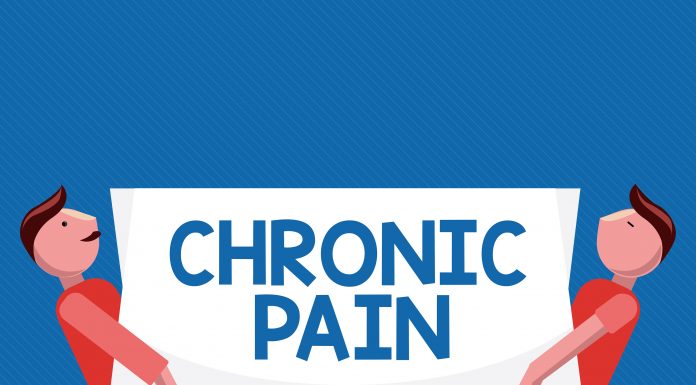Urinary incontinence can be a challenging and often uncomfortable issue to deal with. However, rest assured—it’s not an entirely uncommon problem. There are effective solutions available to manage it. In this blog post, we’ll explore three key solutions for those dealing with urinary incontinence.
Lifestyle Changes and Exercise
Minor lifestyle changes can have a significant impact on improving urinary control. Maintaining a healthy weight, avoiding excessive caffeine and alcohol consumption, and not smoking can all contribute to better bladder control. Additionally, engaging in regular exercise, specifically pelvic floor exercises (commonly known as Kegels), can strengthen the muscles responsible for urine control. These exercises involve tightening and relaxing the pelvic floor muscles repeatedly, which can lead to a significant decrease in incontinence symptoms over time.
Absorbent Products
There’s a wide variety of absorbent products available on the market to help manage urinary incontinence. These include pads, disposable underwear, and reusable undergarments. Pads designed specifically for incontinence offer better protection and absorption than regular feminine hygiene products. Disposable underwear can provide a more secure fit and offer maximum protection for moderate to heavy leakage. Reusable undergarments made with a waterproof lining and designed with extra absorption layers can be an eco-friendly, cost-effective option that’s discreet and comfortable.
Intermittent Catheters
For some individuals, intermittent catheters can be a viable solution for managing urinary incontinence. But what is intermittent catheterization? It’s the process of temporarily inserting a small, flexible tube into the bladder to drain urine. This technique allows one to empty their bladder at regular intervals, alleviating urinary incontinence symptoms. It’s particularly useful for those with neurogenic bladder dysfunction or individuals unable to control their bladder due to certain conditions, such as spinal cord injuries.
To successfully implement any of the solutions for those dealing with urinary incontinence mentioned above, first, consult a healthcare professional. They’ll assess your situation and recommend the best course of action to help manage urinary incontinence effectively. Over time, with proper guidance and the appropriate solutions, dealing with urinary incontinence can become a less stressful and more manageable part of life.
Remember that you’re not alone in dealing with urinary incontinence. There’s no shame in seeking help for it. With the right solutions in place, you can continue to enjoy your daily activities and regain your confidence.






















